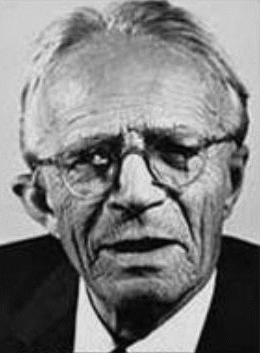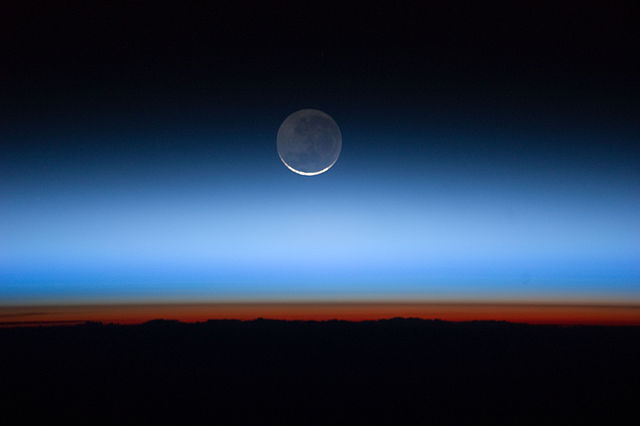The History of Schumann Resonances
George Francis FitzGerald 1893
In 1893, George Francis FitzGerald noted that the upper layers of the atmosphere must be fairly good conductors. Assuming that the height of these layers are about 100km above ground, he estimated that oscillations (in this case the lowest mode of the Schumann resonances) would have a period of 0.1 second. Because of this contribution, it has been suggested to rename these resonances as Schumann–FitzGerald resonances. However FitzGerald’s findings were not widely known as they were only presented at a meeting of the British Association for the Advancement of Science, followed by a brief mention in a column in Nature.

Nikola Tesla 1899
The first documented observations of global electromagnetic resonance were made by Nikola Tesla at his Colorado Springs laboratory in 1899. This observation led to certain conclusions about the electrical properties of the Earth, and which made the basis for his idea for wireless energy transmission.

Tesla researched ways to transmit power and energy wirelessly over long distances (via transverse waves and longitudinal waves). He transmitted extremely low frequencies through the ground as well as between the Earth’s surface and the Kennelly-Heaviside layer. He received patents on wireless transceivers that developed standing waves by this method. Making mathematical calculations based on his experiments, Tesla discovered that the resonant frequency of the Earth was approximately 8 hertz (Hz). In the 1950s, researchers confirmed that the resonant frequency of the Earth’s ionospheric cavity was in this range (later named the Schumann resonance).
Heaviside and Kennelly 1902
Hence the first suggestion that an ionosphere existed, capable of trapping electromagnetic waves, is attributed to Heaviside and Kennelly (1902). It took another twenty years before Edward Appleton and Barnett in 1925, were able to prove experimentally the existence of the ionosphere.
Winfried Otto Schumann 1952
Although some of the most important mathematical tools for dealing with spherical waveguides were developed by G. N. Watson in 1918, it was Winfried Otto Schumann who first studied the theoretical aspects of the global resonances of the earth–ionosphere waveguide system, known today as the Schumann resonances. In 1952–1954 Schumann, together with H. L. König, attempted to measure the resonant frequencies.

However, it was not until measurements made by Balser and Wagner in 1960–1963 that adequate analysis techniques were available to extract the resonance information from the background noise. Since then there has been an increasing interest in Schumann resonances in a wide variety of fields.
See also:
